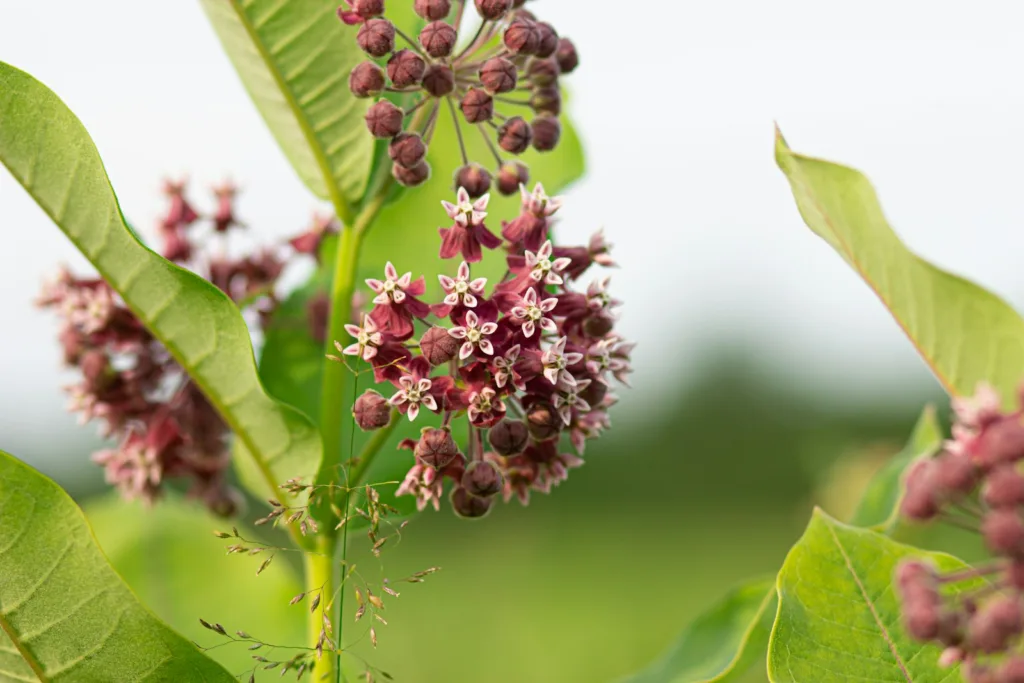Table of Contents
It’s entertaining to observe and listen to American goldfinches. The birds are more than just lovely. Males have feathers that are almost unbelievably bright yellow, and they have a characteristic undulating flight pattern. But they’re gregarious too. Bird lovers with backyards who wish to draw these feathered companions to their landscapes are in luck. Milkweed fiber is frequently used by goldfinches in their nests. This implies that growing milkweed in your yard may help goldfinches build a nearby nest in addition to attracting butterflies.
Grow This Vibrant Flower To See American Goldfinches Build Their Nests In Your Yard
The majority of North America is home to American goldfinches (Carduelis tristis), which frequently visit residential backyards. Since goldfinches are predominantly seed eaters, you may already be drawing finches to your yard if you have a bird feeder or plant ornamental grasses, thistles, or other seed-bearing plants. If you have milkweed in your garden, there’s a greater likelihood that goldfinches may nest nearby in addition to stopping by for food.
Growing Milkweed

Native to the United States, Asclepias spp. is the plant known by many different names. These include the pink and white blooms of common milkweed (Asclepias syriaca), the purple flowers of swamp milkweed (Asclepias incarnata), and the brilliant orange flowers of butterfly milkweed (Asclepias tuberosa). USDA zones 3 through 9 accept all three of these plants as perennials. Common milkweed and butterfly milkweed grow well in drier environments and can become quite drought resilient once established, whilst swamp milkweed is best suited for growing in moist regions like rain gardens.
While butterfly and swamp milkweed can tolerate partial or full sun, common milkweed requires full sun to be healthy. Other varieties of milkweed are also available, such as the South American-native Asclepias curassavica, or multicolored tropical milkweed. Despite its beauty, farmers in the United States are often advised not to plant this type of milkweed because native animals—particularly monarch butterflies—benefit more from native milkweed species.
Using Milkweed In Your Garden

Milkweed and many of the foods preferred by goldfinches are ideal companion plants. Coneflowers are favored by beautiful birds for their seeds, and like common and butterfly milkweed, they thrive in dry, sunny environments. Coneflowers are available in a range of sizes, from the enormous coneflower, which may reach a height of eight feet, to the dwarf coneflower variants, which are only around twenty inches tall. Up to three feet tall, butterfly milkweed can fit in the center of this arrangement.

Swamp milkweed is a fantastic companion for cup plants (Silphium perfoliatum) because it loves wetter environments. Native to North America, cup plants also grow well in rain gardens and other damp environments. Cup plant seeds are also adored by goldfinches. Since cup plants grow to a maximum height of nine feet, it is best to put them behind the smaller swamp milkweed.
read also : Why researchers think that early humans might have been vegans ? 2024
Swamp milkweed is a fantastic companion for cup plants (Silphium perfoliatum) because it loves wetter environments. Native to North America, cup plants also grow well in rain gardens and other damp environments. Cup plant seeds are also adored by goldfinches. Since cup plants grow to a maximum height of nine feet, it is best to put them behind the smaller swamp milkweed.
Swamp milkweed is a fantastic companion for cup plants (Silphium perfoliatum) because it loves wetter environments. Native to North America, cup plants also grow well in rain gardens and other damp environments. Cup plant seeds are also adored by goldfinches. Since cup plants grow to a maximum height of nine feet, it is best to put them behind the smaller swamp milkweed.
Plant This Colorful Flower And Watch American Goldfinches Nest In Your Yard (msn.com)


5 thoughts on “Grow This Vibrant Flower To See American Goldfinches Build Their Nests In Your Yard”